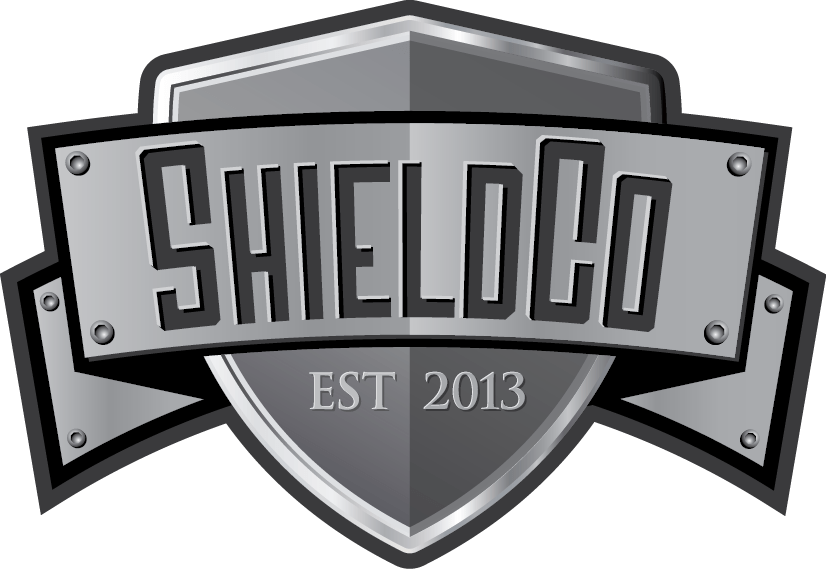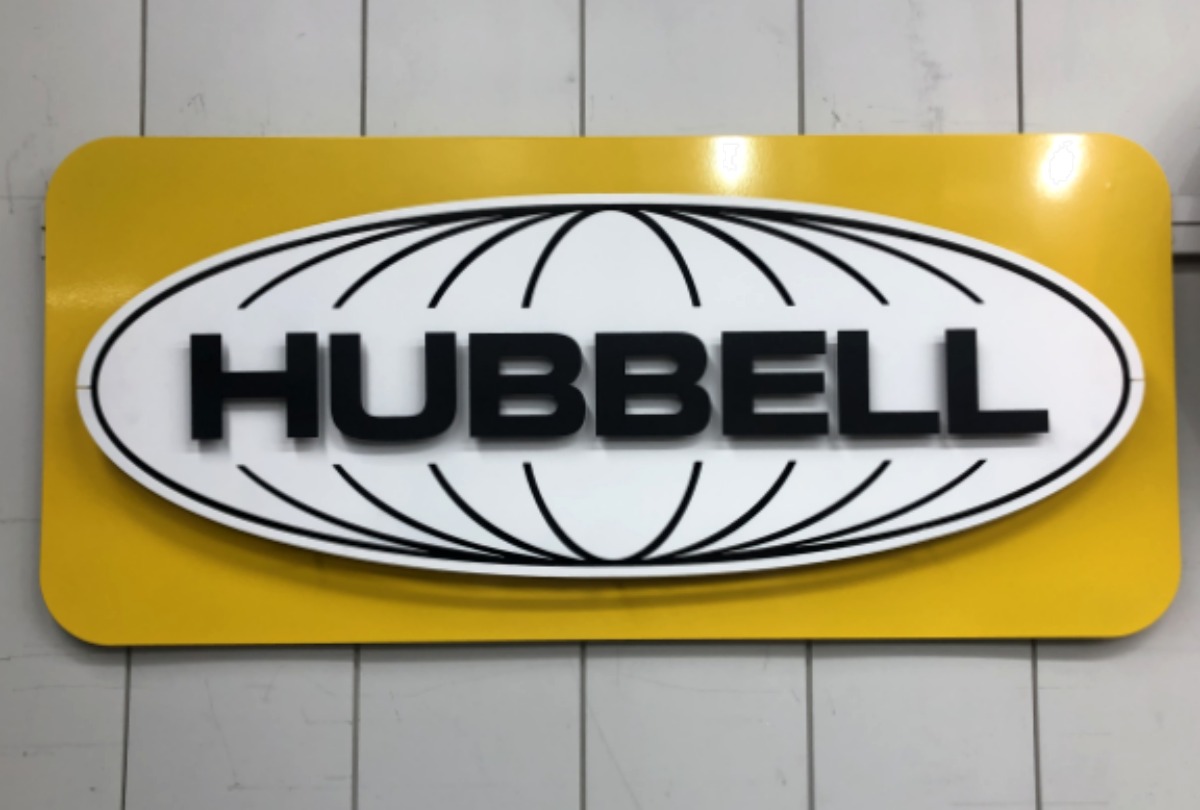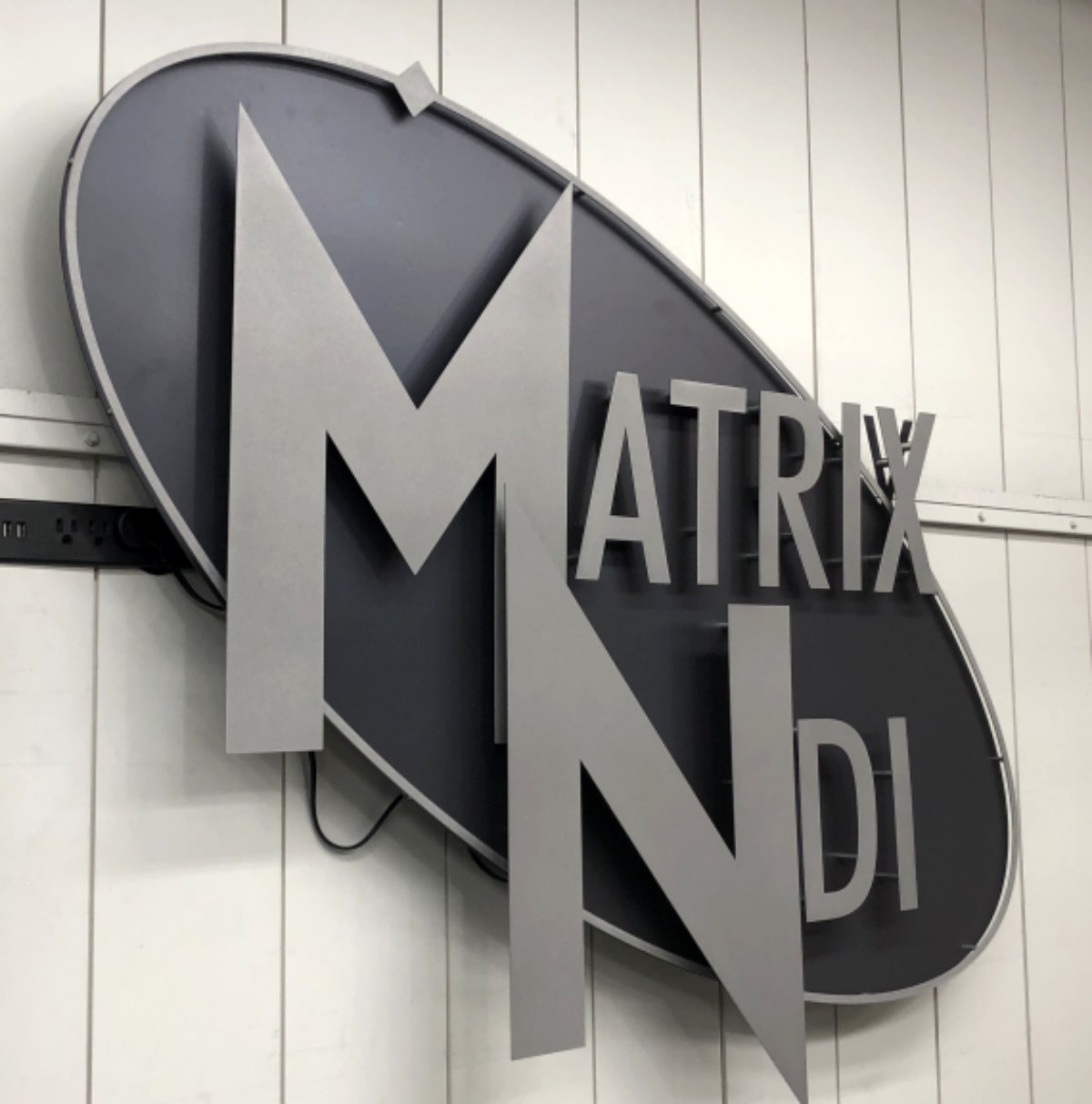When considering custom office signs for any work or commercial space, it is important to select durable, professional, and visually appealing materials without compromising on branding. This ensures a long-lasting, impactful design that resonates with your brand. Material choice is key to creating effective custom office signs that stand the test of time.
We’ve compiled some of the top factors any business should consider when choosing sign materials for custom office signs.
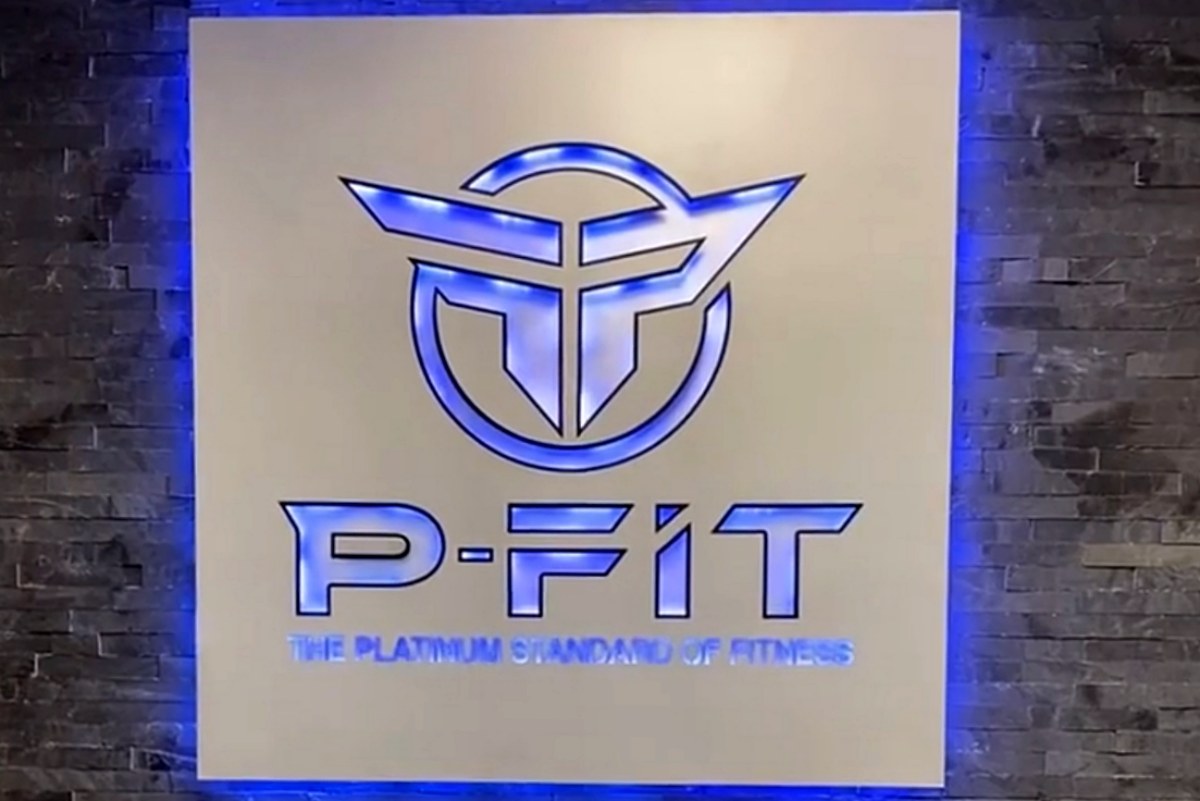
Understanding Common Sign Materials for Offices
Signs are created in many shapes and sizes, but they can also be made from a variety of materials. Metal (both stainless steel and aluminum), acrylic, wood, and vinyl are just a few of the choices, and each has its own advantages and disadvantages.
While metal signs are durable and sleek, vinyl can fit into almost any budget. Wood offers a rustic comfort to any office, and acrylic can achieve a transparent finish that is unmatched. The message you intend to convey through the material, as well as the location of the sign will both be top considerations.
Durability: How Long Should Your Sign Last?
Material choices for a custom business sign will vary depending on whether it is intended for indoor or outdoor use. Metals such as aluminum and stainless steel are viable for the long term when used outdoors, but this is not a necessity for all businesses.
Some businesses prefer to change signs frequently, which reduces the need for a durable, long lasting sign. In this case, something more affordable and easily replaceable, such as vinyl, is likely a better fit.
Aesthetic Appeal: Does Your Material Reflect Your Brand?
The material used to create the sign can have a substantial impact on a customer’s first impression. Polished steel conveys sophistication, modernity, and trustworthiness, while wood may showcase warmth, approachability, and security. No matter what material is chosen, it should match the overall office design and branding to avoid mixed messages.
Location and Environmental Factors
A sign must be durable enough to withstand its environment. Exposure to sunlight, rain, wind, and ice can affect its materials, causing premature wear or failure, such as bending, corrosion, or malfunctioning backlights. For outdoor signage, metals or signs with protective coatings offer better longevity.
However, indoor signs can be made from lighter materials since they are not exposed to harsh elements and rust-inducing moisture.
Cost Considerations for Custom Office Signs
A custom office sign is an investment, but that does not mean it can’t be affordable. Some options, such as PVC and aluminum, can accomplish a company’s goals at a lower price. Premium choices such as stainless steel can level up a space, but may cost more.
Keep in mind, investing in higher-quality materials can save money over the long term by avoiding frequent repairs or replacements.
Sustainability: What Are Eco-Friendly Sign Materials?
Now more than ever, businesses are focusing on green initiatives to reduce their carbon footprint. Choosing appropriate signage can support this mission; consider the sustainability of any prospective sign’s materials.
Using recyclable aluminum or reclaimed wood can balance eco-consciousness with durability and the business’ aesthetic needs. For many companies, this is an important aspect of their brand.
Customizing Sign Materials for Visual Impact
No matter which type of signage a business selects, it should be customized to suit the company’s identity. Consider incorporating company logos and branding into the design process for a cohesive visual representation.
Next, consider the impact of the material itself, taking full advantage of customization opportunities such as layered designs, powder coating, lighting, or combining materials for eye-catching effects.
Work With Experts to Choose the Perfect Material
A sign has a significant role as a visual aid, navigational tool, and brand representative for your business. Signage professionals can recommend the best materials for office signs that suit the needs and brand of your business.
Working with industry leaders who blend artistry with functionality ensures quality craftsmanship, creating custom office signs that align with the unique branding goal of a business.
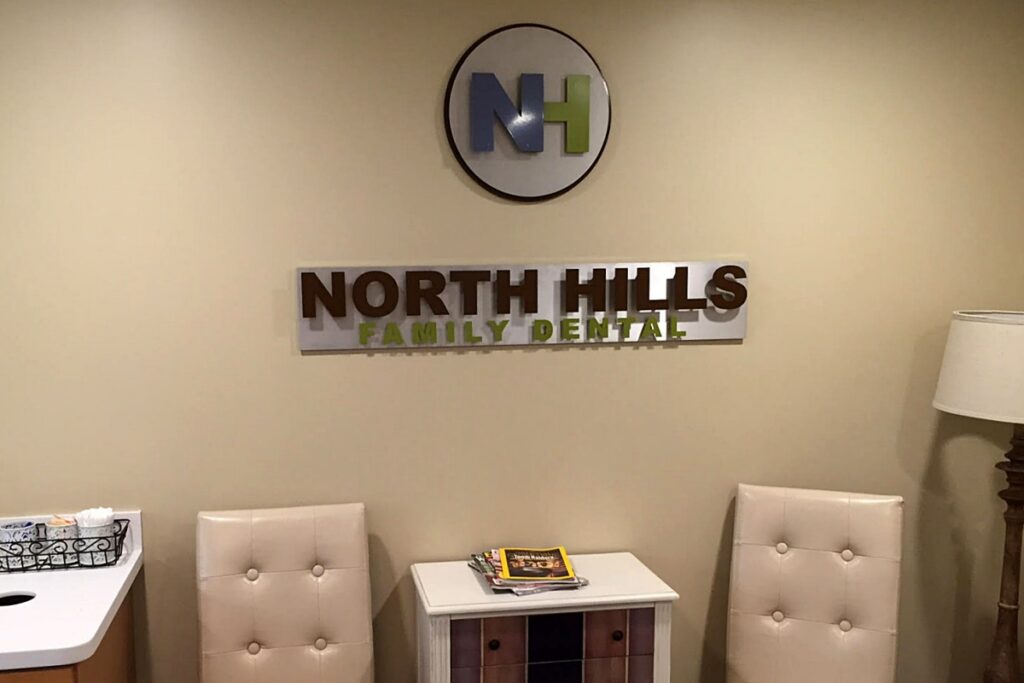
Explore Sign Material Options with the Pros
Choosing the right material for your custom office signs is just as important as the design itself. ShieldCo Art places a high value on these and all aspects of the custom signs they craft. Whether you prioritize durability, aesthetics, or sustainability, the right choice ensures your signage reflects your brand and lasts for years to come. Contact ShieldCo Art today for professional guidance and custom signage solutions tailored for your business.
